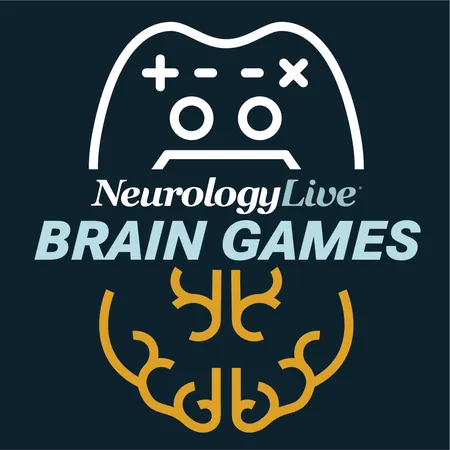
The Hidden Dangers of Traumatic Brain Injury: Uncovering the Link to Chronic Traumatic Encephalopathy
2025-05-10
Author: Daniel
Traumatic Brain Injury: A Growing Concern
Traumatic brain injury (TBI) stands as a leading cause of disability, with a troubling correlation to an increased risk of dementia. TBI presents a complex picture, marked by diverse physiological reactions that persist long after the injury, leading to various protein dysfunctions and aggregations.
The Spectrum of TBI: From Concussions to Chronic Concerns
TBI can fall anywhere on a severity spectrum, from mild concussions—often presenting with temporary confusion, dizziness, and sleep disorders—to more severe cases that can have lasting traumatic effects. Recent studies have even suggested that subconcussive impacts, which may go unnoticed, can lead to serious neurological changes.
The Scourge of CTE: A New Neurodegenerative Disease?
The primary concern is chronic traumatic encephalopathy (CTE), a neurodegenerative disease arising from repeated head impacts. CTE is characterized by abnormal aggregations of phosphorylated tau protein. Understanding how TBI and tau phosphorylation are connected is crucial, as the mechanisms behind this remain largely elusive.
Delving into the Science: Neuroinflammation and Tau Pathology
Recent reviews have shed light on how TBI-induced cellular processes can lead to tau phosphorylation. Key factors include neuroinflammation, excitotoxicity, and oxidative stress—all contributing to the activation of various kinases that promote tau aggregation.
Unraveling the History of CTE
The concept of CTE isn’t new; it was first identified in boxers in the early 20th century. Its prevalence has since expanded to encompass athletes in contact sports and military veterans, underlining the pressing need for increased awareness and research into its long-term impacts.
Clinical Features and the Need for Early Diagnosis
CTE is only diagnosable post-mortem, highlighting the urgency for more effective methods to assess and intervene. The presence of phosphorylated tau serves as a crucial diagnostic marker, indicating the pathology associated with traumatic brain injuries.
Targeting Tau: Promising Therapeutic Strategies
With the relationship between TBI and CTE becoming clearer, researchers prioritize developing diagnostic tools and therapeutic strategies. These include targeting tau modifications and aggregation processes, as early detection remains key to managing symptoms.
Tau Protein: A Double-Edged Sword
While tau protein is essential for neuron stability, it can become pathological when phosphorylated excessively. Understanding the nuances of tau’s structure and its pathological transformations are critical for unraveling how TBI leads to chronic neurological conditions.
Addressing the Role of Genetics in CTE Development
Recent findings also suggest that genetic factors, including mutations in the MAPT gene, may influence susceptibility to CTE following repeated TBIs, emphasizing the need for genomic studies to idenify at-risk individuals.
Toward a Better Understanding of TBI and CTE Mechanisms
The interplay of mechanisms leading to tau phosphorylation following TBIs involves complex cellular responses. Acknowledging these can pave the way for breakthrough treatments. Further investigation and innovative experimental models are hallmarks of future research directions.
Looking Ahead: The Future of TBI and CTE Research
As we seek to untangle the intricate web linking TBI and CTE, a multidisciplinary approach will be essential. Continued research will provide the requisite knowledge to foster preventative strategies while raising awareness about the potentially devastating consequences of traumatic brain injuries.





 Brasil (PT)
Brasil (PT)
 Canada (EN)
Canada (EN)
 Chile (ES)
Chile (ES)
 Česko (CS)
Česko (CS)
 대한민국 (KO)
대한민국 (KO)
 España (ES)
España (ES)
 France (FR)
France (FR)
 Hong Kong (EN)
Hong Kong (EN)
 Italia (IT)
Italia (IT)
 日本 (JA)
日本 (JA)
 Magyarország (HU)
Magyarország (HU)
 Norge (NO)
Norge (NO)
 Polska (PL)
Polska (PL)
 Schweiz (DE)
Schweiz (DE)
 Singapore (EN)
Singapore (EN)
 Sverige (SV)
Sverige (SV)
 Suomi (FI)
Suomi (FI)
 Türkiye (TR)
Türkiye (TR)
 الإمارات العربية المتحدة (AR)
الإمارات العربية المتحدة (AR)